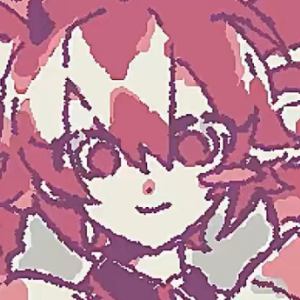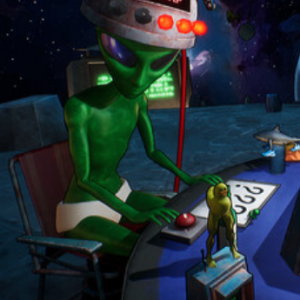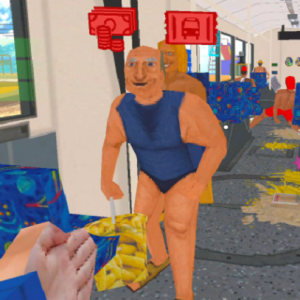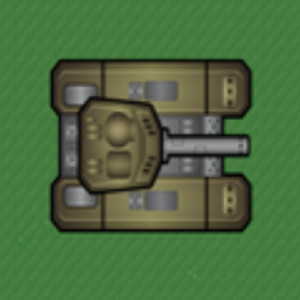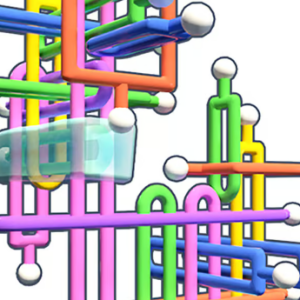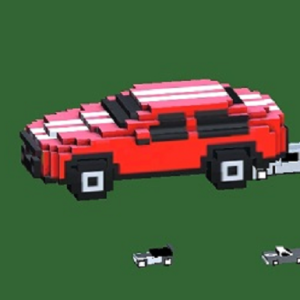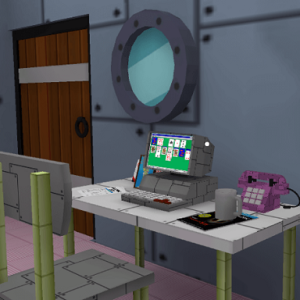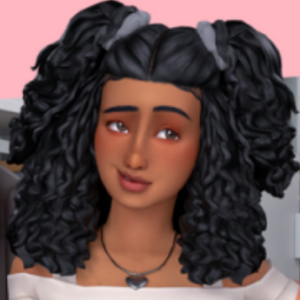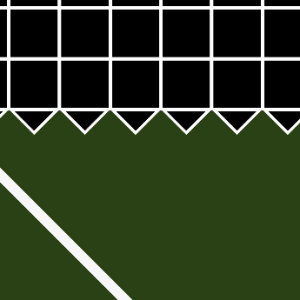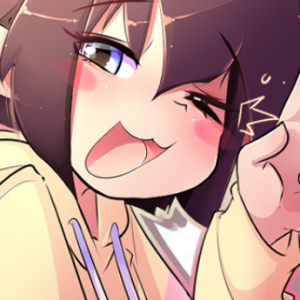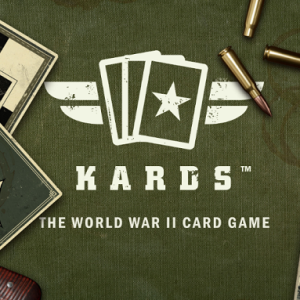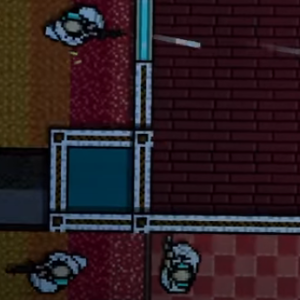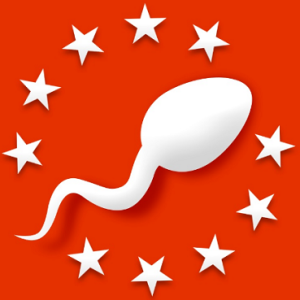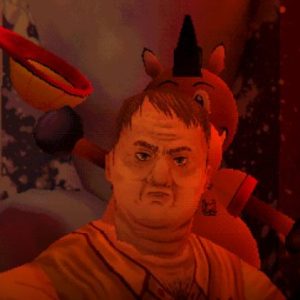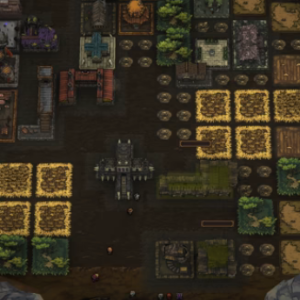Similiar games
Wiggly Art is a drawing application that transforms simple brush movements into animated lines. The player interacts with a blank canvas that reacts to motion, speed, and direction instead of static input. Every stroke behaves like a flexible structure that shifts as it moves, producing shapes that appear to vibrate or flow. The system removes objectives, scoring, and levels, leaving only continuous interaction between the user and the canvas. The process becomes an experiment in motion where each gesture defines a new pattern.
Core Mechanics and Tools
The foundation of Wiggly Art lies in how the brush behaves as a reactive object rather than a fixed instrument.
Main elements of the system include:
- Dynamic brushes that deform depending on movement speed and direction.
- Adjustable settings for color, thickness, and wave intensity.
- Real-time simulation that converts motion into visible oscillation.
- Save and export functions for animated results.
Each setting changes how the brush behaves, allowing the player to explore cause and effect. The design prioritizes experimentation over control, making each session an unpredictable sequence of shapes and curves generated through movement.
Interface and User Experience
The interface of Wiggly Art consists of a single main canvas and a compact toolbar. The player can access color options, brush types, and motion parameters without leaving the drawing space. Input is registered instantly — whether through a mouse, stylus, or touch control. The application omits complex menus or sub-windows to maintain an uninterrupted creative flow. Once the drawing begins, all attention stays on the movement of the brush and the forms it produces. The minimal structure ensures that every line remains part of a continuous, responsive process.
Technical Design and Behavior
The technical model behind Wiggly Art uses a chain-based simulation that treats each brush as a group of nodes connected by flexible constraints. When moved, these nodes react with delay and momentum, creating the illusion of elasticity. The program tracks parameters such as velocity and direction change to determine how much each segment shifts. This produces variations in line density and curve smoothness that depend entirely on the player’s hand motion. The algorithm ensures consistent frame performance while maintaining fluid transitions between strokes.


